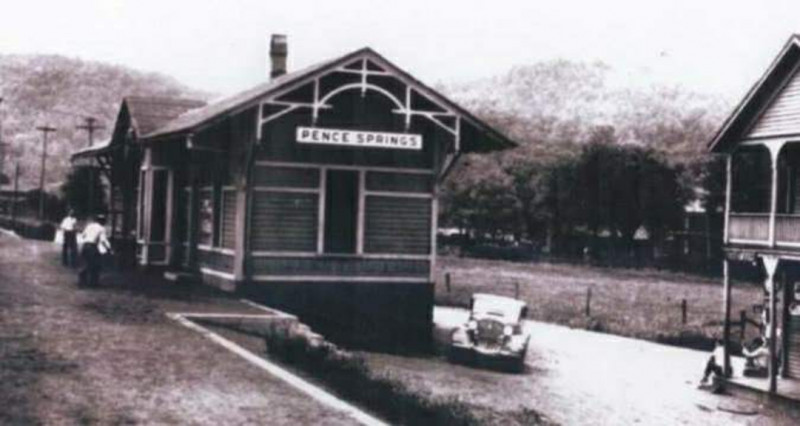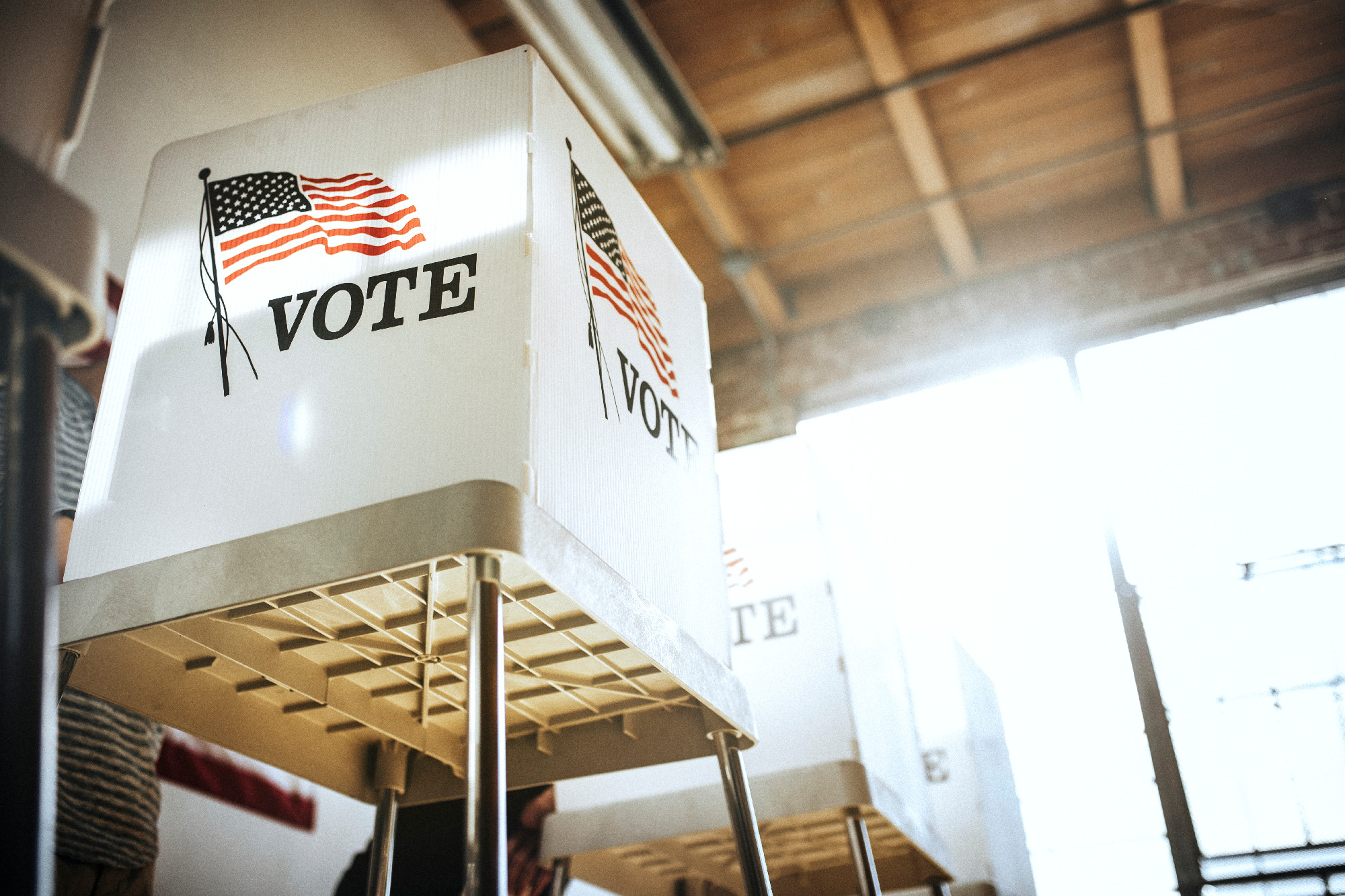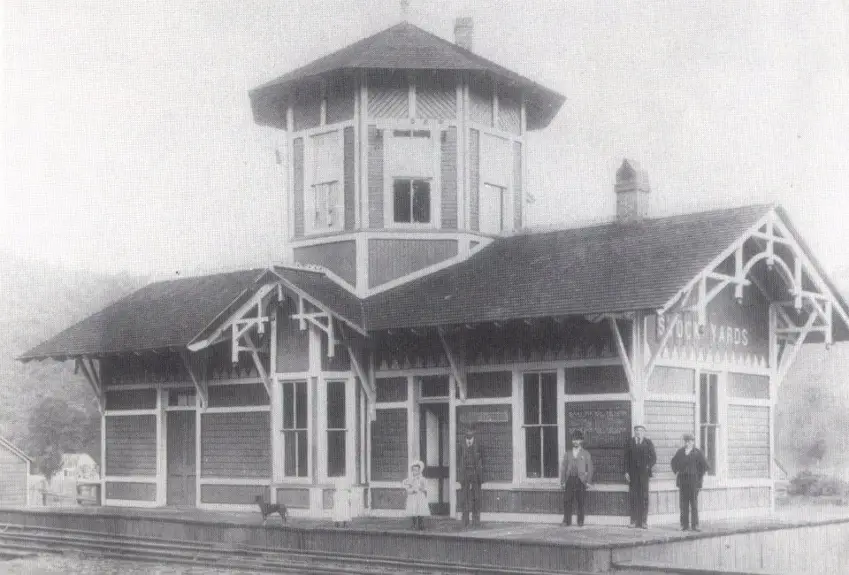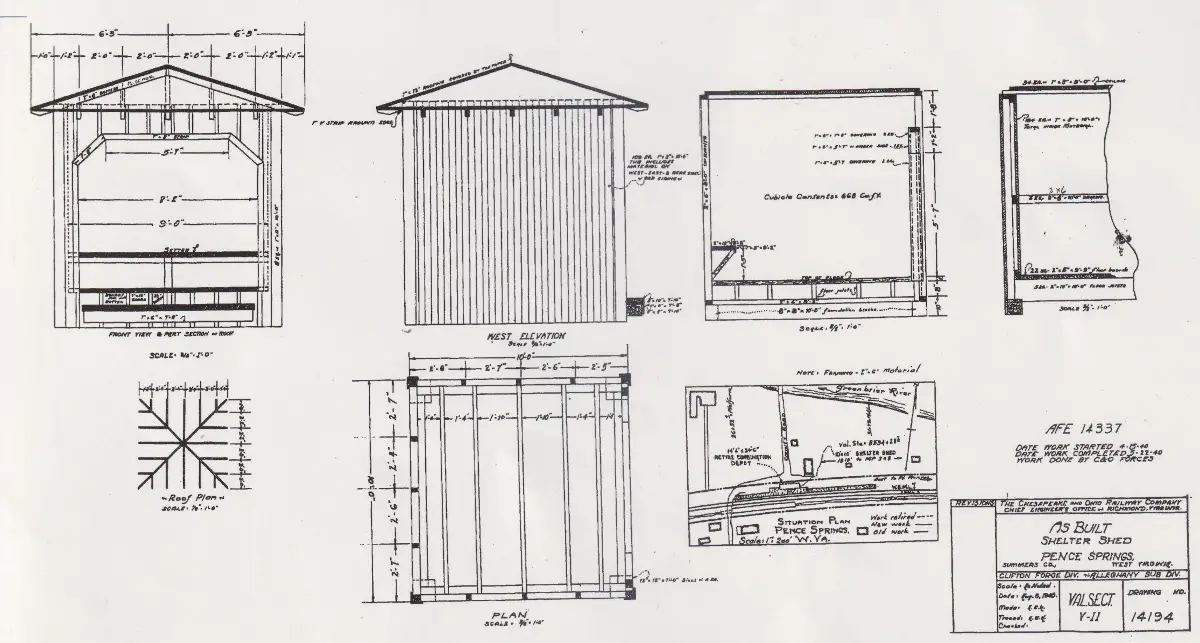PENCE SPRINGS W.Va. (Hinton News) – It is time for another edition of A Peek into Summers County’s Past. Each week, local history collector William Jones discusses pieces from his collection and their historical significance. In this edition, he is talking about the railroad depot that once served Pence Springs.
To begin, Jones said, “This piece came about due to the historical salvage part of me. I love history, especially the history of Summers County as is evident by my vast and ever-growing collection of Summers County memorabilia. I especially love being able to salvage pieces of our history that have been long forgotten about. “
“That brings me to the photos of the depot that was once in Pence Springs. Before the community’s name was changed to Pence Springs it was known as Stockyards, West Virginia. The C&O Railroad built a depot. I have never found what year exactly the depot was built, but based on the fact the first Pence Springs Hotel was built in 1872, the accounts of how tremendously popular it was when it first opened and a glass negative I purchased from eBay last year of the depot, it can be deduced that the depot at Stockyards was built sometime in the early 1870s.”
Continuing, Jones noted, “The photo of the depot that still had the tower in the center of it is the only photo I have ever seen where it still says ‘Stockyards’ on it as it does in the glass negative. The tower was removed making it only a single-story depot sometime in the late 1910s to early 1920s. After the days of the Model A and other automobiles became ever increasingly popular, many small town depots were torn down.”
“This was the fate of the Pence Springs depot. It was razed in the 1940s, and a three-walled shed was built as its replacement where passengers could get inside the shed. As the train would come through Pence Springs, if someone was seen waiting, the train would stop and they could buy a ticket to go to their destination on the train. This cut out the ‘middle man,’ such as the depot agent, office staff and other employees. A cost-saving measure to keep their ever-dying means of travel afloat.”
“This little shed was in place for many years, while other nearby towns such as Talcott simply had their means of travel stopped when they lost their depot. I was told by John Kessler, who had to be the most knowledgeable person in the history of this area, that one of the houses on the bank above Second Baptist Church was built from the lumber from when the Talcott depot was torn down in the 1940s. The woodwork on the porch resembles the early photos of the depot I have seen.”
Jones also said, “I digress, let me get back to the Pence Springs depot. This past August, I got my hands on some of the lumber from the Pence Springs Depot. My brother, David Lee Jones, and his business partner Anthony Cales, owners of JC Construction, was hired to remodel a house on the railroad side of the river in Pence Springs.”
“I have to tell this part of the story a bit backward; my friend, the late John Kessler, and fellow Summers County historian had told me this story several times. When the Pence Springs depot was torn down Wolfy Garten used the lumber to build his home in Pence Springs in the mid-1940s. The last house on the street from the old two-story store he owned and operated in Pence Springs that was located to the right of the bridge.”
“This was the original store and post office that W.D. Rhodes had owned and operated in Pence Springs that sat near the depot. All of these stories are uniquely intertwined. Remember in a previous story I had written that W.D.’s brother L.G. owned the store building that is now the John Henry Museum in Talcott. Wolfy Garten and his wife Lorene, or ‘Pert’ as everyone knew her, ran the store in Pence Springs in later years until it burned down in the 1960s.”
“I have never found an exact date of when the Chesapeake and Ohio Railway constructed the depot in what is now Pence Springs. But like I had said before it had to have been constructed in the early 1870’s. Collis Potter Huntington, who was an American industrialist and railway magnate spearheaded the efforts that were started before the Civil War to connect Richmond, Virginia to the Ohio River. In 1871 he, with his brother-in-law D.W. Emmons, oversaw the newly formed C&0 Railroad to its completion as well as establishing the planned city of Huntington, West Virginia.”

Jones went on saying, “The C&O’s westward expansion was completed at a cost of $23,394,263.69, or $590,204,674.33. When the Pence Springs depot was torn down Wolfy and his brother Alvin Garten used the lumber from the depot to build Wolfy and his wife Pert’s house.”
“Knowing the local history enthusiast or ‘pack rat’ as my family calls me, my brother David Lee saved me a large amount of the original 1870’s beadboard, several of the large timbers that were hand sawed at the time at a sawmill that was set up for the construction of the depot, sawed from local timber. And if you notice the little half moon circular cut on the rafters in the first photo of the depot that still says ‘Stockyards’ on it, I now have roughly 10 of these 2×4’s.”
“The one thing we did not find in the house was according to Mr. Kessler the Pence Springs sign that hung on the end of the depot was supposed to have been used by the Garten brothers in a wall inside the house, but we never found it. I had wracked my brain trying to decide on something worthy to use this historic lumber on. Something that would not only save its history but would be pleasing to the eye.”
“After talking with my parents we decided to remodel the tiny kitchen in my grandmother’s house that we will be eventually operating as a short-term rental. The plan is to use the beadboard on the walls, painted with an authentic color that was used by C&O to paint their depots back in the day. Use the timbers and soffit material to construct an authentic-looking ceiling that resembles a railroad depot for the 1870s.”
He stated, “Since we were unable to find the original sign, I will replicate one that says ‘Pence Springs Depot’ to hang over the large kitchen door. I am also going to make a smaller sign that simply says ‘Galley’ to hang under it. Only fitting since it is going to be in the kitchen. We will also hang a copy of the original blueprints that were uncovered while doing some research with the C&O Historical Society.”
“This house sits on the same site as what used to be the Hines Boarding House, having been Jesse Beard’s homeplace. Jesse was one of the earliest settlers of the region. The boarding house guests came from the influx of people coming to partake of the Pence Springs waters. I am sure that many of the guests rode the train and got off at the Pence Springs Depot, and were then taken across the river by ferry before the bridge was built or shuttled to their place of lodging. Based on the early photos I have seen and the number of people that would get off the train here, one of those places had to be the Hines Boarding House.”
To conclude, Jones said, “When restoration is completed it will be called the ‘Hines Boarding House 2.0. Generally speaking, 2.0 means a superior or more advanced version of an original. Since its early guests had no air conditioning, running water, propane heat, WIFI and especially having to use an outhouse even in the winter, I am a historian yes but at the same time I would think and prefer that it will be an advanced version of the original house.”
This concludes another edition of A Peek into Summers County’s Past. What do you know about the Pence Springs Railroad Depot?
Send any stories of the area’s history to news@hintonnews.com
This page is available to subscribers. Click here to sign in or get access.














